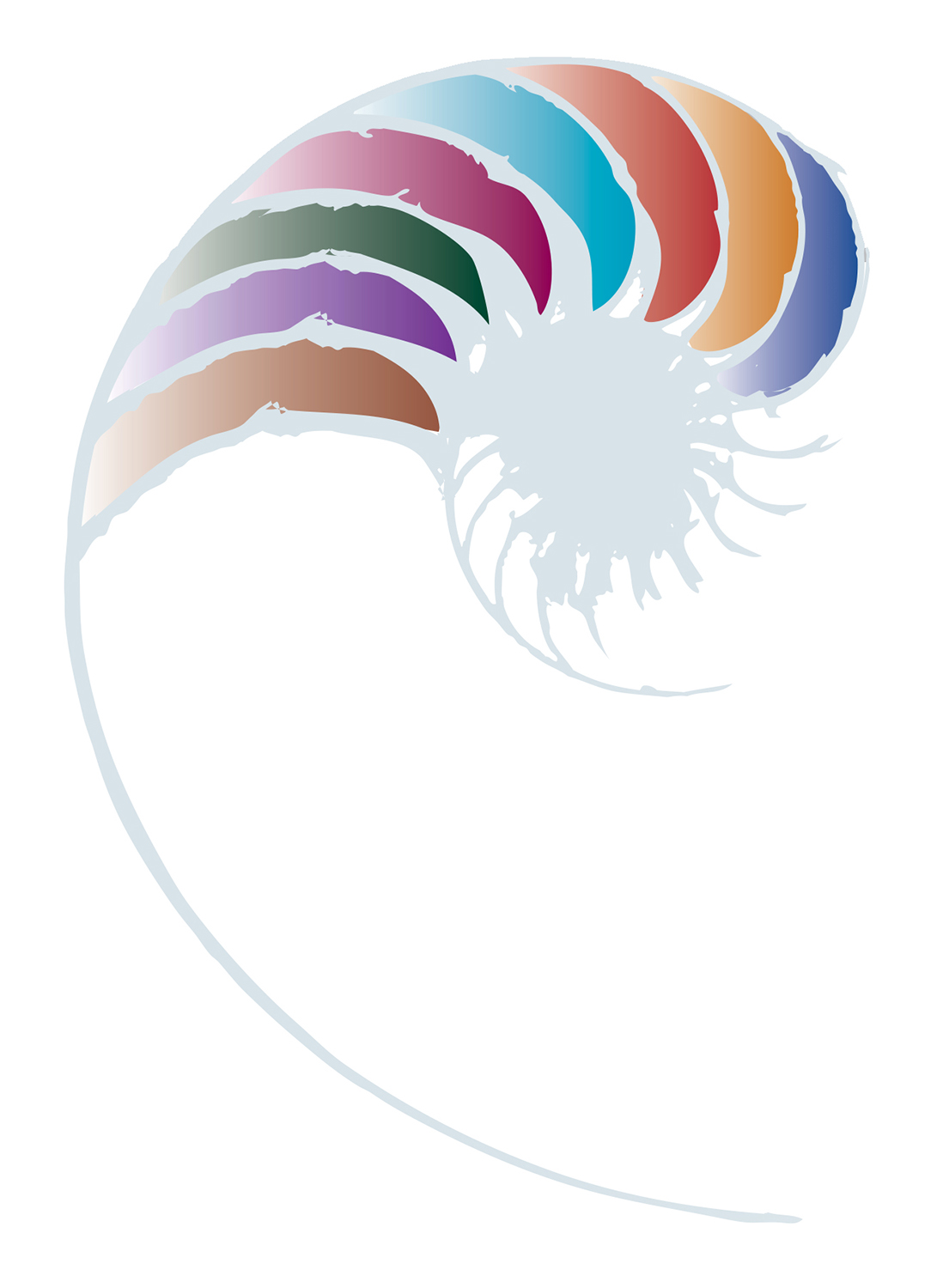What is maths in the early years?
This resource provides kaiako with information about what maths is in the early years and why it is important. It is part of a suite of resources for Kōwhiti Whakapae maths practices and progressions. See 'Maths kaiako guide resources' below for more.

Maths is an all-encompassing term to refer to the grouping of subject matter, skills, competencies, and understandings that encompass all aspects of numeracy, mathematics, and statistics. Maths in the early years involves learning about spatial thinking, number and quantity, and patterns that children experience, explore and use purposefully. Facilitated by kaiako, this learning occurs in everyday cultural, social and wider contexts. It can include interactions with people as well as physical objects and playful ideas.
- Why is maths in the early years important?
- Maths working theories and learning dispositions
- Maths learning and whānau
- Supporting maths learning
Kaiako can view children as inherently mathematical from birth and actively support and grow this aspect of development. From birth infants develop rapidly as they make sense of their physical and social worlds showing recognition of quantity and spatial awareness (Chivers, 2022).
Understanding children’s maths learning and fostering their enjoyment and interest in maths is important. Knowledge of maths language has been shown to be a predictor of early numeracy skills, so conversations between children and adults that include maths language are valuable.
Through play and rich interactions in home and early learning settings, mokopuna have opportunities to use shapes, pair and match, sort and use principles of one-to-one correspondence, order, sequence, and identify sameness and difference in patterns. These opportunities lay an important foundation for later maths learning.
Chilvers, D. (Ed.). (2021). How to recognise and support mathematical mastery in young children’s play: Learning from the ‘Talk for Maths Mastery’ Initiative (1 ed.). London/New York: Routledge.
Christodoulou, J., Lac, A. & Moore, D. S. (2017). Babies and Math: A meta-analysis of infants’ simple arithmetic competence, Developmental Psychology, 53(8), pp. 1405-1417.
Gunderson, E. A., & Levine, S. C. (2011). Some types of parent number talk count more than others: Relations between parents’ input and children’s cardinal-number knowledge. Developmental Science, 14 (pp. 1021–1032). http://dx.doi.org/10.1111/j.1467-7687.2011.01050.x.
Leavy, A., Pope, J. & Breatnach, D. (2018). From cradle to classroom: Exploring opportunities to support the development of shape and space concepts in very young children. In V. Kinnear, M. Y. Lai, & T. Muir (Eds.), Forging Connections in Early Mathematics Teaching and Learning (pp. 115-138). Singapore: Springer https://doi.org/10.1007/978-981-10-7153-9_7.
Ministry of Education. (2017). Te Whāriki: He Whāriki mō ngā mokopuna o Aotearoa Early Childhood Curriculum. Wellington: Ministry of Education. https://tewhariki.tahurangi.education.govt.nz/te-whariki-online/our-curriculum/te-wh-riki/te-wh-riki-early-childhood-curriculum-document/5637184332.p
Mohring, W., Ribner, A. D., Segerer, R., Libertus, M. E., Kahl, T., Troesch, L. M. & Grob, A. (2021). Developmental trajectories of children’s spatial skills: Influencing variables and associations with later mathematical thinking, Leaning and Instruction, 75. https://www.sciencedirect.com/science/article/pii/S0959475221000748.
Rathé, S., Torbeyns, J., Smedt, B. D., Hannula-Sormunen, M. M., & Verschaffel, L. (2018). Kindergartners’ spontaneous focus on number during picture book reading. In I. Elia, J. Mulligan, A. Anderson, A. Baccaglini-Frank, & C. Benz (Eds.), Contemporary Research and Perspectives on Early Childhood Mathematics Education (pp. 87-100). Springer International Publishing. https://doi.org/10.1007/978-3-319-73432-3.
Rogoff, B. (2008). Observing sociocultural activity on three planes. In P. Murphy, K. Hall & J. Soler. (Eds.). Pedagogy and practice: Culture and identities, (pp. 58–74). London: Sage.
Shah, P. E., Weeks, H. M., Richards, B., & Kaciroti, N. (2018). Early childhood curiosity and kindergarten reading and math academic achievement. Pediatric Research, 84(3), pp. 380-386. https://doi.org/10.1038/s41390-018-0039-3.
Sorkin, J. E., McCray, J. S., & Levine, S. (2018). Mathematical language and early math learning. In J. S. McCray, J.-Q. Chen, & J. Eisenband Sorkin (Eds.), Growing mathematical minds: Conversations between developmental psychologists and early childhood teachers (1st ed., pp. 1-26). New York: Routledge. https://doi.org/10.4324/9781315646497.
Thomson, R. (2018). EYFS Best Practice: All about… spatial reasoning. Nursery World. https://www.nurseryworld.co.uk/features/article/eyfs-best-practice-all-about-spatial-reasoning.
He aratohu pāngarau mō ngā rauemi ā ngā kaiako
About this resource
This resource discusses the importance of children's maths learning in the early years, its links with children's developing working theories and learning dispositions, and cultural and whānau experiences. This resource is part of a suite of resources for Kōwhiti Whakapae maths practices and progressions. See 'Maths kaiako guide resources' above for more.











